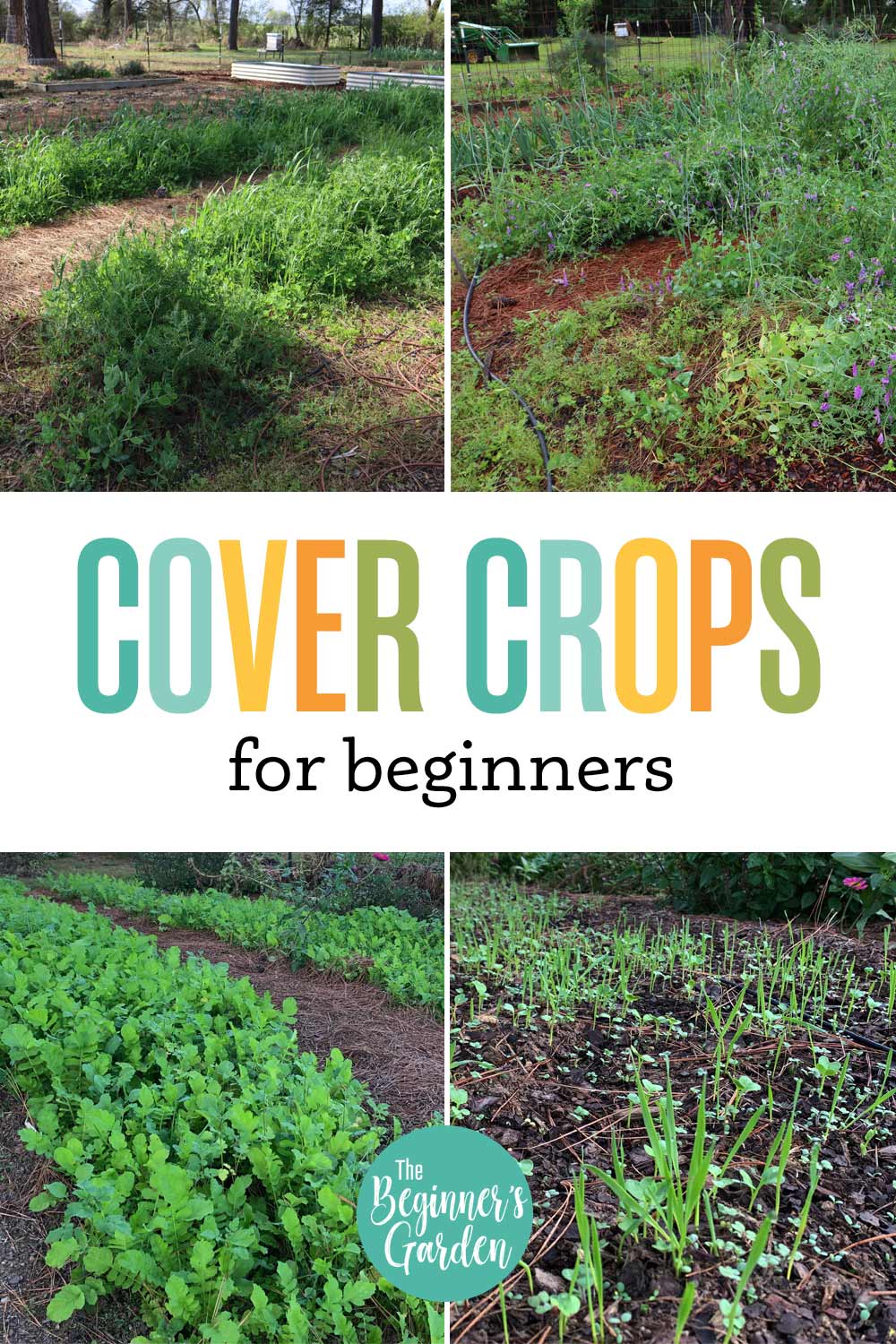Garden Cover Crops for Beginners
As the season begins to come to a close and you start to clean out areas of your garden, you have blank space left. Most beginning gardeners “close up shop” and leave their gardens for the next season. But what if you could take one final step — a step that would benefit your soil for next season and for seasons to come?
Enter the multi-beneficial world of cover crops.
It can be intimidating to know where to start with cover crops so let’s go through some key tips that can help you get started plus some of my favorite types that I grow in my own garden.
What is a Cover Crop?
If you’ve never heard of a cover crop or the term seems confusing, you’re not alone. Simply, a cover crop is a crop that you grow to add nutrients back into the soil and feed valuable soil life.
Cover crops are a great way to help your soil become more healthy and full of nutrients needed to grow healthy crops. If you have healthy soil, you will be more likely to have healthy plants, larger harvests, and fewer issues with pests and disease.
Cover crops are also a great way to feed the fungal networks that are found in your soil over the winter when not much else can be grown in that garden space.
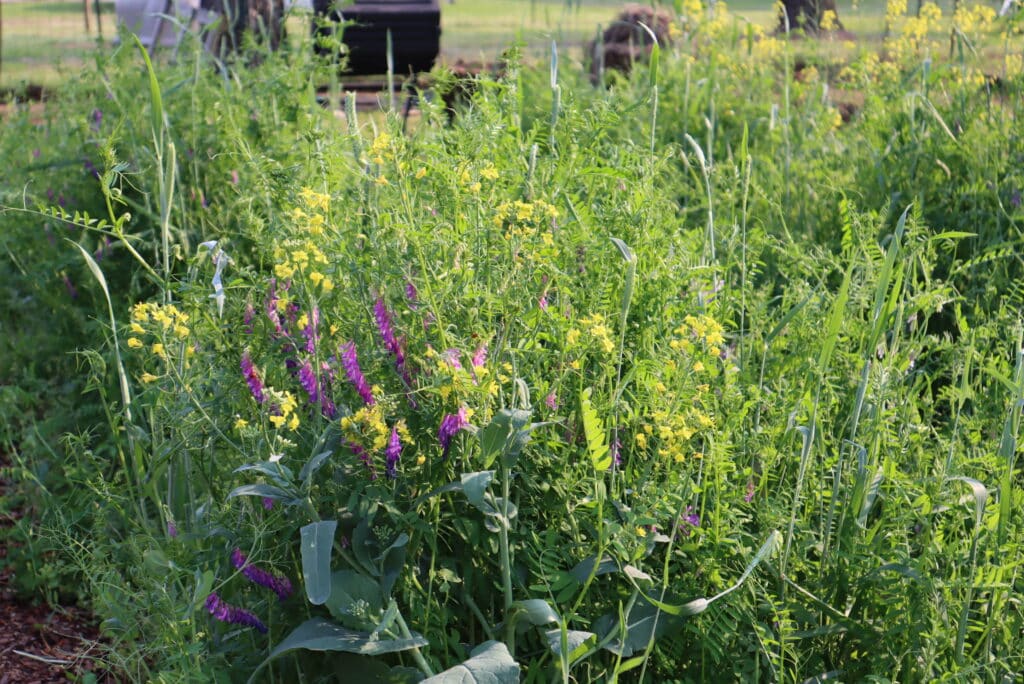
How Do You Choose the Right Cover Crop?
If you were to search cover crops online, you can easily get overwhelmed. You will quickly find that different cover crops do different jobs, and while that’s a huge benefit, it can also be overwhelming to know what to choose for your garden.
Some cover crops, like legumes, will add nitrogen to the soil, while some of them (like radish) will help break up compacted soils. Even further some of them suppress diseases (like mustards and winter rye) or weeds (like ryegrass or buckwheat).
Some crops will survive your winter; some will not. And you have to decide whether you want that, one way or another. Some are more easy to kill at the right time, and others can become as invasive as weeds if not managed correctly.
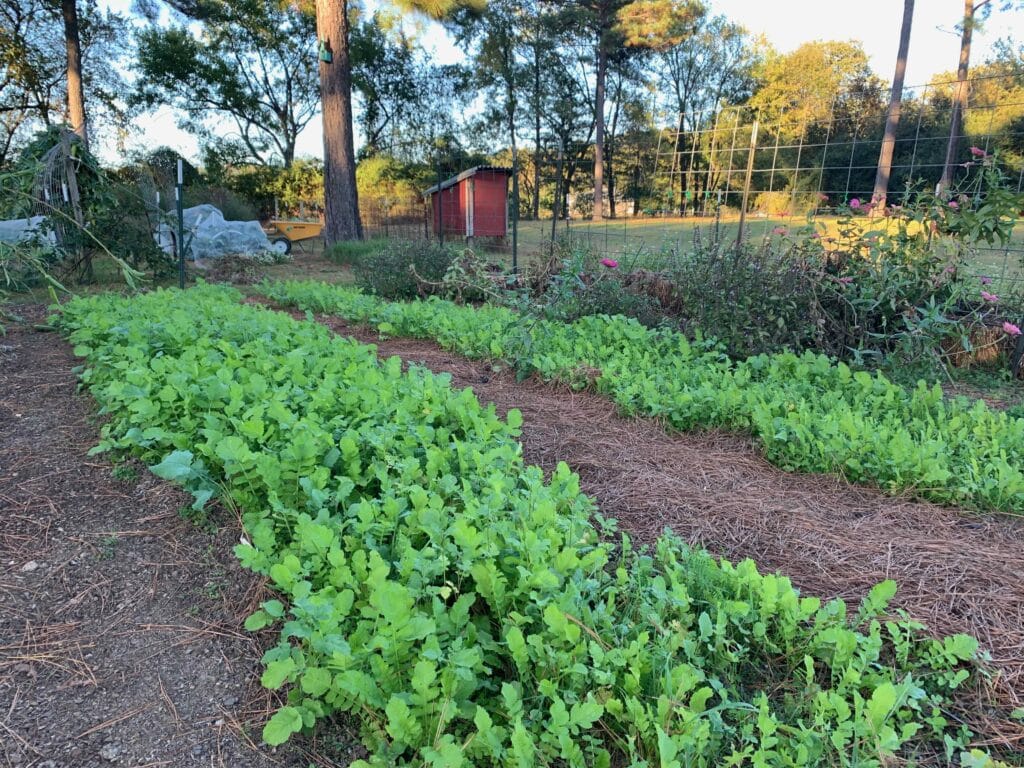
Questions to Ask Before Selecting a Cover Crop:
- What is the purpose?
- When/how do you plan on terminating the crop?
- What is your garden zone?
What is the purpose?
Do you want to add nitrogen? Choose legumes. Do you want to grow an abundance of organic matter? Choose grasses, which create more biomass. Do you have compacted soil? Choose radish. There are other purposes for cover crops, but those are the most common for beginning gardeners.
When/how do you plan on terminating the crop?
The dilemma with planting cover crops in the fall that survive the winter, is that if you plan to plant spring seeds early in the season, the over wintered cover crop would need to be cut down or tilled in prior to planting. (I am a no-till gardener so I like to use the cuttings in my garden space as a mulch.)
Often, those crops didn’t have enough time to grow to their potential (most of the heavy flush of growth occurs in late winter). In that case, you could leave to grow them and plant later, or you could mow them down or till them in early. Having a cover crop simply in the garden for erosion control is still a huge benefit.
A third option is to plant a cover crop in the fall that will “winter kill.” It puts out most of its growth in the fall and the winter naturally kills it. Then, you have decomposing root pathways along with decomposing vegetation contributing to an early spring crop.
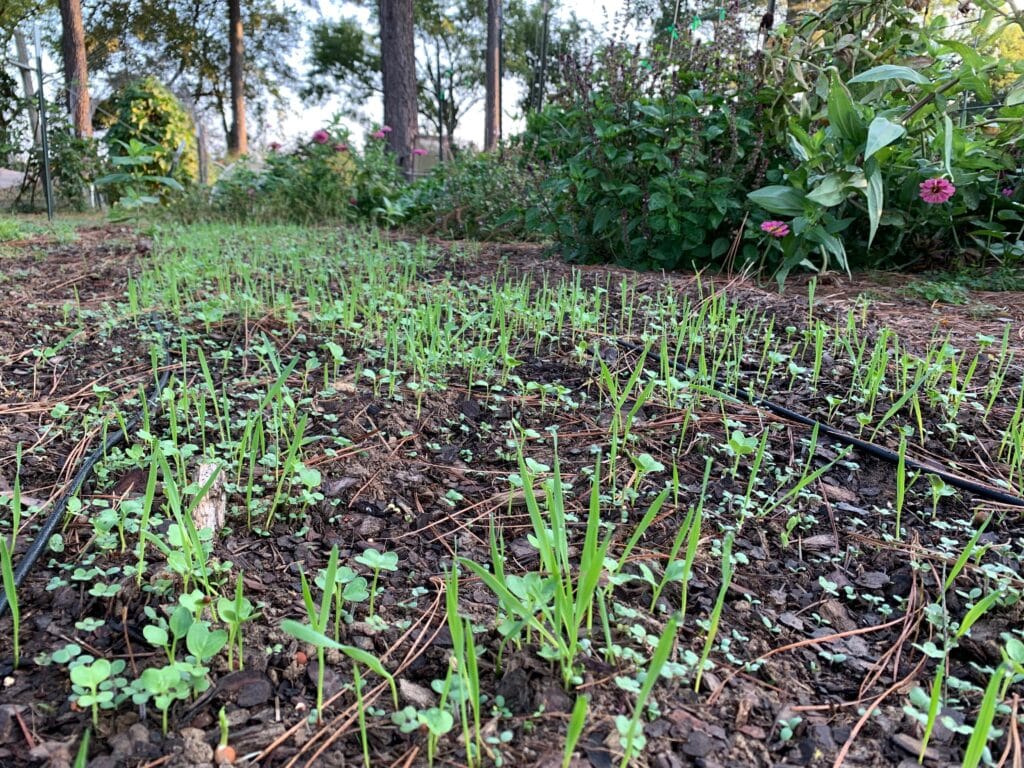
What is your garden zone?
It’s important to know your garden zone, because most of the time, it will dictate whether a cover crop will survive your winter. True Leaf Market (*affiliate link) is my favorite source for cover crop seeds, and in the “attributes” section on a specific cover crop listing, it will indicate if a cover crop acts as a perennial or annual in your zone.
Answering these three questions will give you a great start in choosing the right cover crop(s) for your garden. The next step is to look at your options and try a few. That’s truly the only way you’ll find out what you enjoy growing and what works best for you.
Here are some of my favorites:
My Favorite Cover Crops & Why
Hairy Vetch
Hairy Vetch is a great option because it is a nitrogen fixer and it creates a mat which serves as a living mulch. This is helpful in the spring when you go to plant your crops.
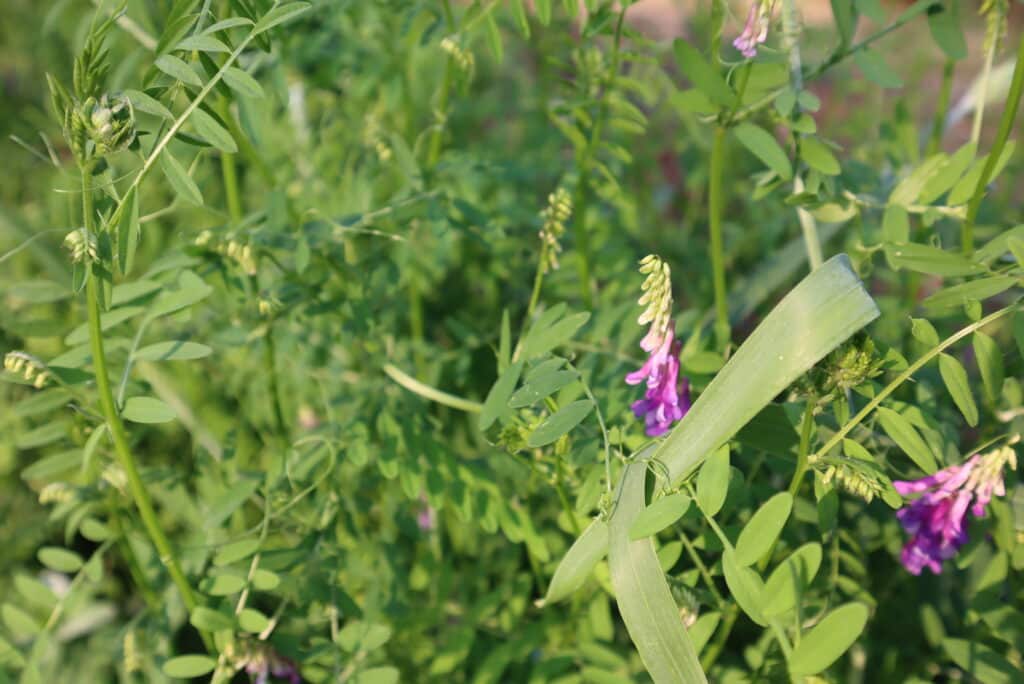
Hairy vetch will survive most winters down to zone 3. I use it to plant my spring transplants such as cabbage, broccoli and even tomatoes. I don’t prefer to use it in a bed that I plan to plant seeds since it does create a thick mat that can cast shade on the young seedlings.
Another great quality of hairy vetch is that it flowers early in the season. This attracts pollinators to your garden to help with those first plantings of cucumbers and squash that can sometimes struggle to get going with production because the pollinators simply aren’t around. Be mindful that if you have a trellis nearby, it will climb up the trellis. This can cast shade on a low growing crop but also can be a beautiful addition to a vertical crop.
Crimson Clover
Crimson Clover is also a nitrogen fixer but it stays much more dense and compact than hairy vetch, giving you more options on where it would work well in garden placement without spreading.
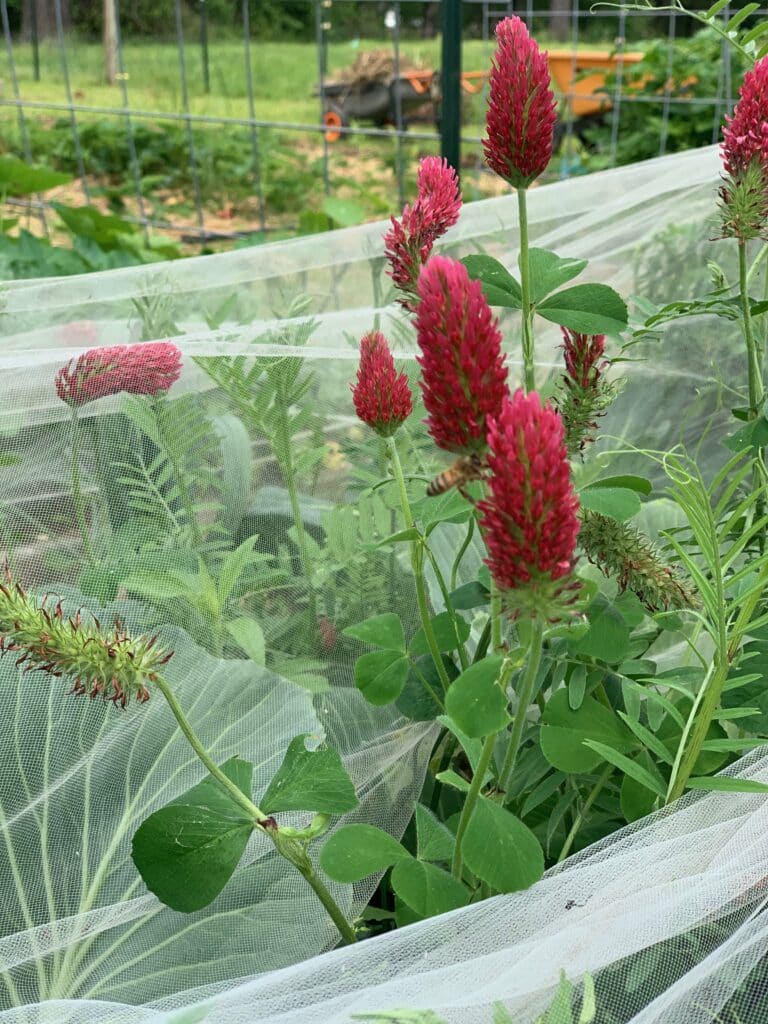
Something to keep in mind is that it is only hardy down to zone 6. This doesn’t mean that if you’re in a zone cooler than 6 that you can’t grow it; it just simply means that you should plant it earlier in the season so it has time to get established before the cold weather comes in and kills it.
I like to use this my garden around my broccoli plants in the fall. The broccoli will not survive the winter but the clover will for me. It also makes a great living mulch around early spring crops. Like hairy vetch, it flowers early, attracting pollinators in the spring.
Garden Cover Crop Blend
If you don’t want to choose “just one” cover crop but want the benefits of multiple crops, I recommend this blend mix of cover crop seeds from True Leaf Market. I loved the results that I saw with this blend because, as we talked about earlier, different crops can do different things in the soil. The Garden Cover Crop Mix has a little bit of everything that can help in different ways.
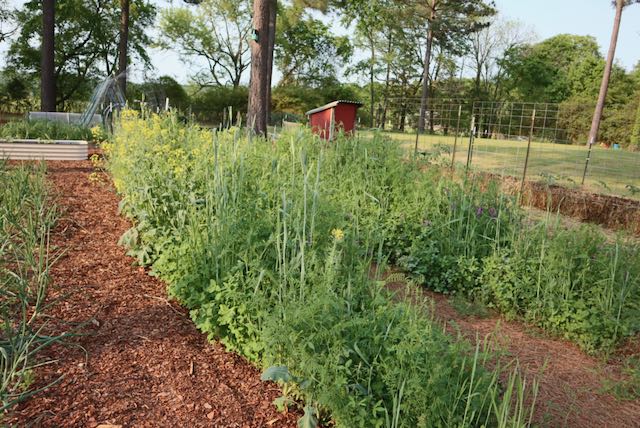
Planting is simple. I broadcast the seeds on the soil, rake them in slightly, and they germinate fairly rapidly. One thing I noticed is that the seeds in the blend that wouldn’t survive my zone 7 winter, like peas, grew fast and those were the leaves I noticed more prevalently in the beginning. Then as those died off with cooler weather, I saw the crops that would survive my zone 7 winter begin to take over.
As an added benefit, the crops that died off added organic matter and biomass to my soil. This blend really took shape about a month after my average last frost date when the legumes and brassicas began to flower and the grasses grew very tall.
For more on my experience with these options and others, check out 5 Fall Cover Crops the Beginner.
What Do I Do With Cover Crops After They Flower?
I have been asked this question several times. I have been able to notice that in the middle part of June or July, the cover crop looses its vigor. The flowers fade and the plant begins developing seed pods. I definitely want to get the cover crop out before it drops it’s seed. I will usually weed eat it down close to the ground. (If you till your garden, you could till it into the soil.) A few weeks later, most of the cover crop was dead. Any that wasn’t can always be cut down again. After that, you should be able to plant seeds in the mix of the cover crop two to four weeks later, or plant transplants right away.
Final Thoughts
Don’t get intimidated by cover crops if you’re just beginning. Just like anything in gardening, you’ll learn as you go. If you’re like me, you’ll learn that cover crops do wonders for your soil and will lessen the need for outside inputs like fertilizer and even compost. They also suppress weeds and invite beneficial insects. Cover crops are definitely worth adding to your garden.
To find which options you want to begin with, I recommend the seeds and helpful resources from True Leaf Market.
Do you get overwhelmed with garden planning?

Subscribe here for my best tips to plan your garden in just 7 days -- all for FREE.
Plus, I'll send you my "In the Garden E-mail" on Fridays, periodic updates on garden resources relevant to you, and you'll receive access to my entire bank of free garden downloads!
You are also agreeing to our privacy policy.

